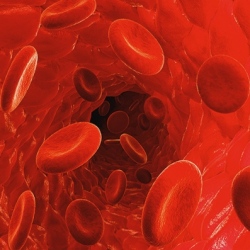
Hypothermia is a dangerous condition seen in emergency rooms across the world. The condition is defined as “abnormally low body temperature” and can be caused by a variety of factors, including exposure to the elements, as well as illnesses that lower body temperature.
But perhaps most notably, hypothermia can severely compound the danger of death in patients being treated for trauma. One company is seeking to mitigate that danger. According to QinFlow, the company behind the blood warming Warrior device, their new technology could save a number of lives, as they note, “trauma and hypothermia is a lethal combination that is associated with 20% mortality in trauma patients.” Current blood warming devices and setups are subject to a number of limitations that make them less than ideal for patients in more challenging situations or environments. For example, our current methods
The problem is that current blood warming devices and setups are subject to a number of limitations that make them less than ideal for patients in more challenging situations or environments. For example, our current methods take a lot of time to warm blood, and even the most advanced devices available fail to work adequately, or at all, when a patient’s blood has already reached 20°C (68°F).
The QinFlow Warrior is an in-line blood warming device that can be deployed anywhere and starts warming a patient’s blood in under eleven seconds. This is a fraction of the time other devices require, which range from 45 seconds to a staggering seven minutes.
Moreover, the device’s portability and ability to operate on battery power makes it the most versatile device of its kind. One of the limiting factors of other devices is their inability to easily move with a patient between ambulatory care and a hospital setting, or even within other departments within a hospital. The Warrior can travel with the patient wherever they go.
Given that an average of 1,301 people die of hypothermia per year in the United States, this device is equipped to become a very powerful life-saving tool across the spectrum of emergency care. Trauma patients (as well as their doctors) are going to have at least one less major worry.
